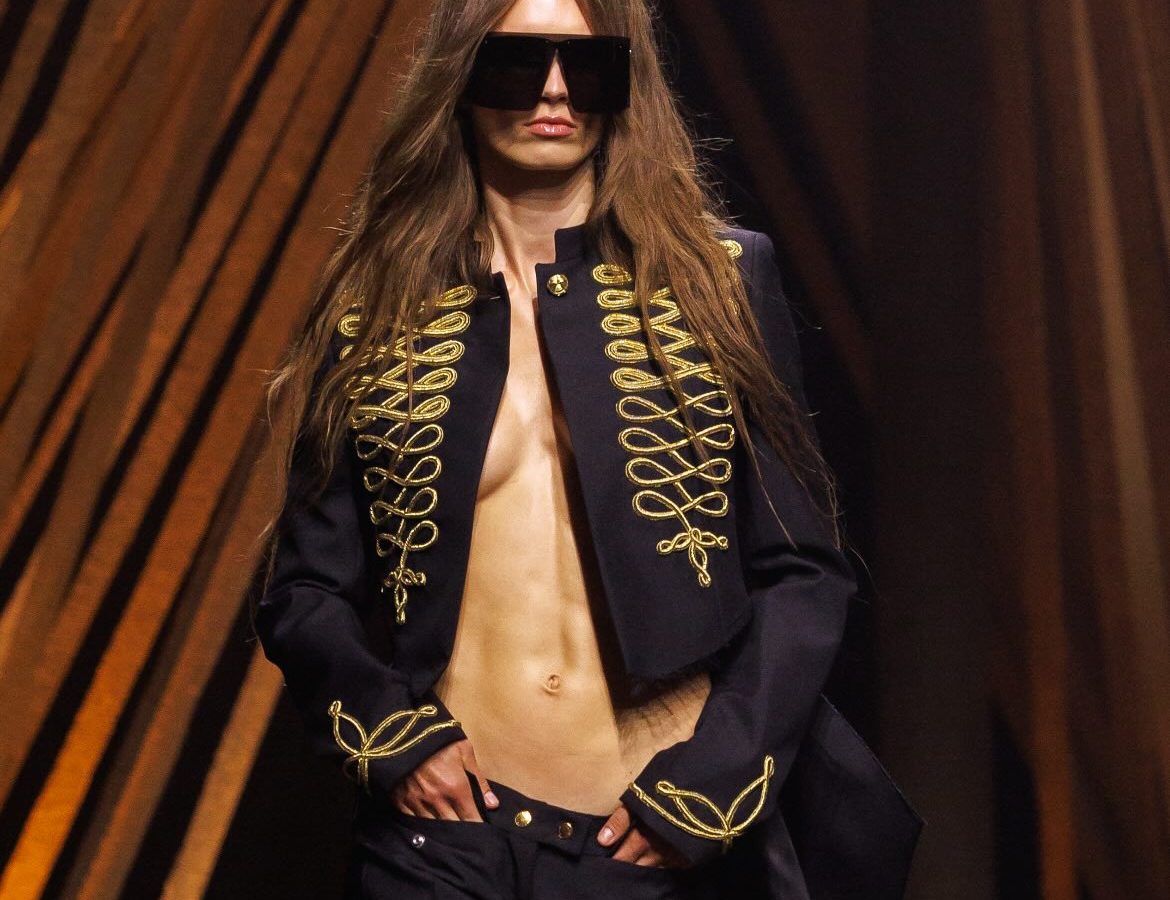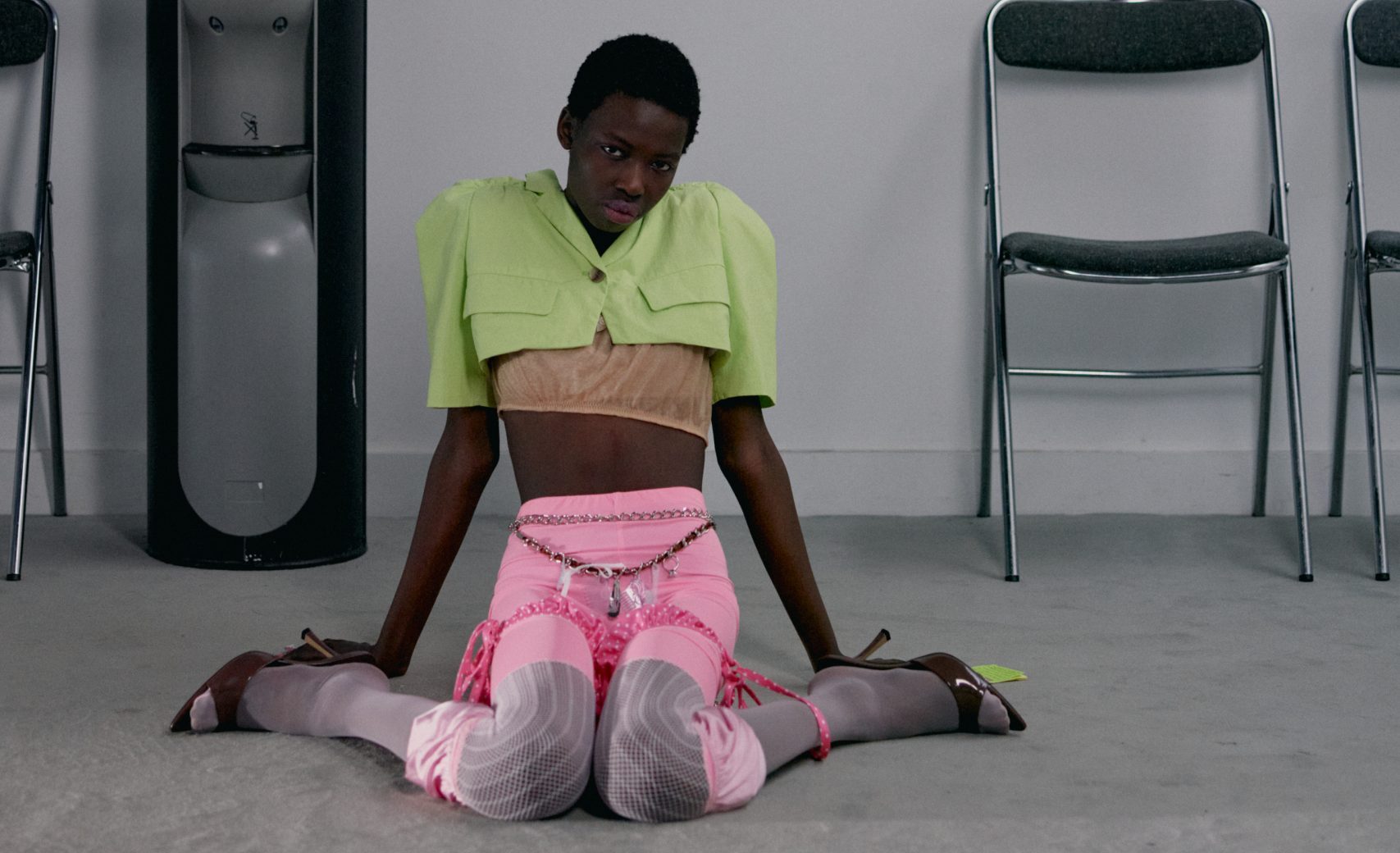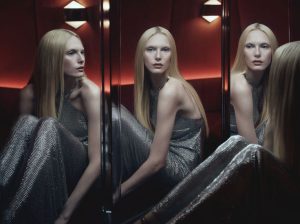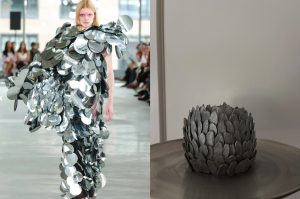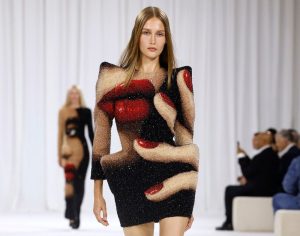Long criticized, the ultra–low waist is making a striking comeback on the runways. Leading the charge is Sean McGirr at Alexander McQueen, who has resurrected the iconic “bumster.” A timely revival for the British fashion house.
A McQueen legacy brought back into play
Two years after his appointment at McQueen, Sean McGirr continues to make the house’s legacy his own. For Spring-Summer 2026, he’s bringing back an iconic piece: the “bumster,” the ultra–low-rise pants created by the late Alexander McQueen in 1993.
At the time, fashion’s other enfant terrible sought to reshape the silhouette: revealing the top of the buttocks, lengthening the torso. In short, challenging conventions. A radical, body-hugging piece that became iconic. His successor, Sarah Burton, had already revived it in 2023 before leaving the house for Givenchy. Today, Sean McGirr is bringing it back once again.
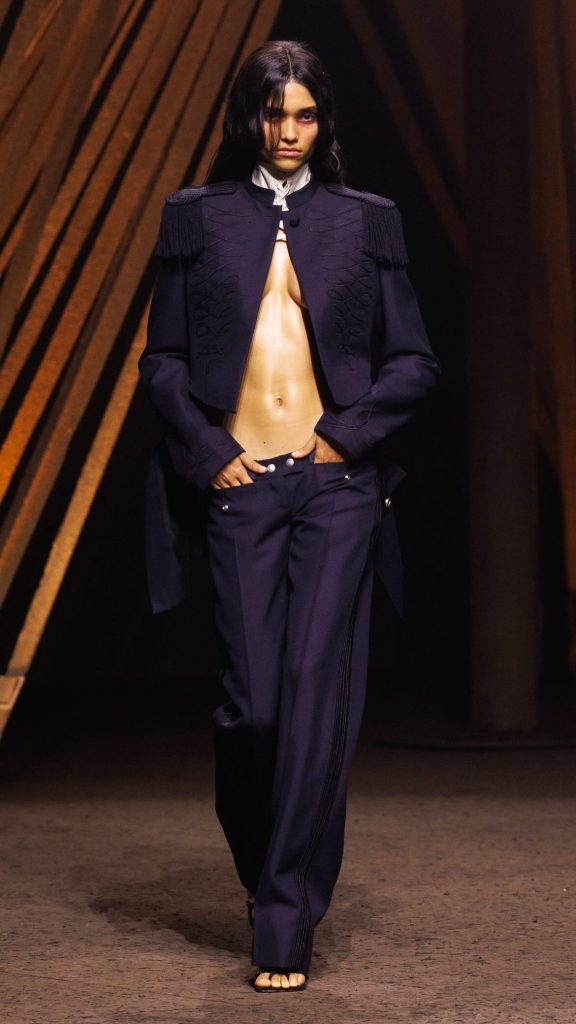
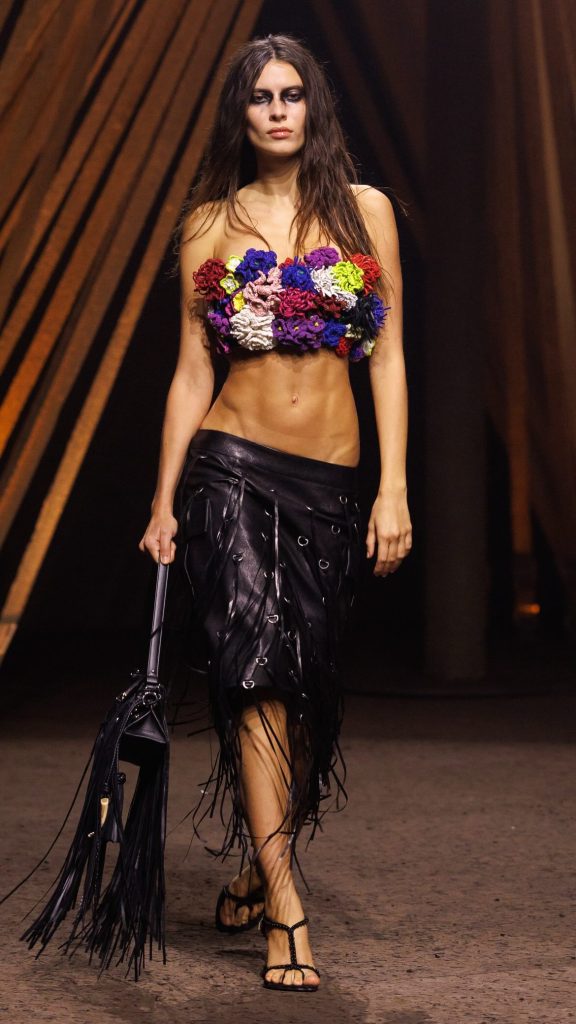
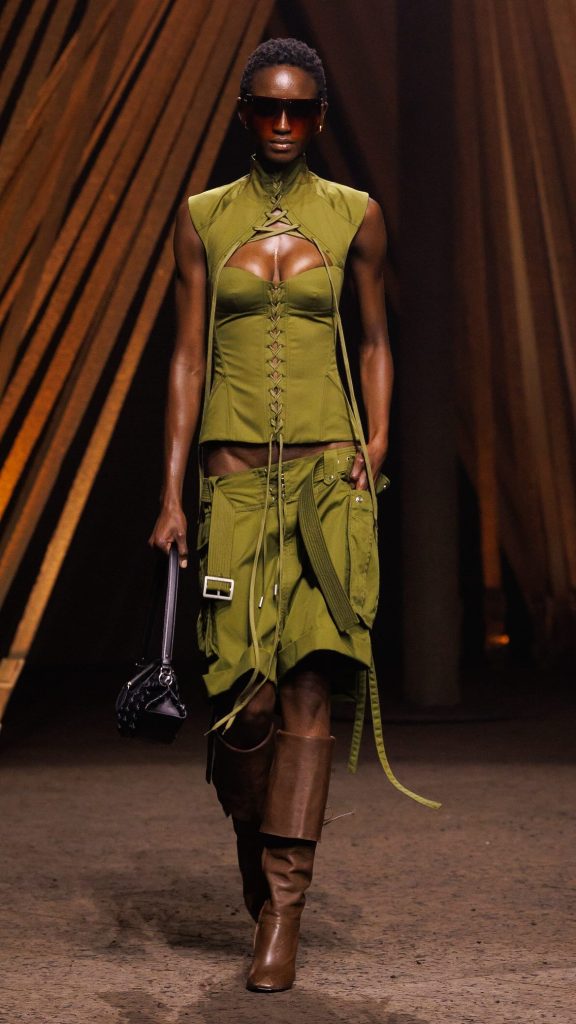
A choice that’s far from trivial, as the Kering group which owns the brand is going through a delicate period: declining results, strategic adjustments, and a game of musical chairs among creative directors to reinvigorate its houses. In this context, this dive into McQueen’s archives appears as a clear attempt at repositioning, drawing from the past to better secure the future.
But will this return to fundamentals be enough to make Sean McGirr a true successor worthy of the McQueen legend?
A feminine silhouette with unrestrained sensuality
Unlike previous seasons, Sean McGirr’s Spring-Summer 2026 collection is entirely feminine with the “bumster” as its central thread. Reinterpreted as tailored trousers, a low-rise skirt, or utility shorts, it forms the foundation of a hybrid wardrobe that bridges classic tailoring and grunge spirit.
Here, sensuality no longer depends on the slender silhouettes of early-2000s icons like Kate Moss or Alexa Chung. While the lower back is still highlighted, curves are now fully embraced. McGirr doesn’t try to conceal the body’s shape but rather works with it, mainly through skirts worn low on the hips, accentuated by side pockets that subtly redefine the line of the pelvis.
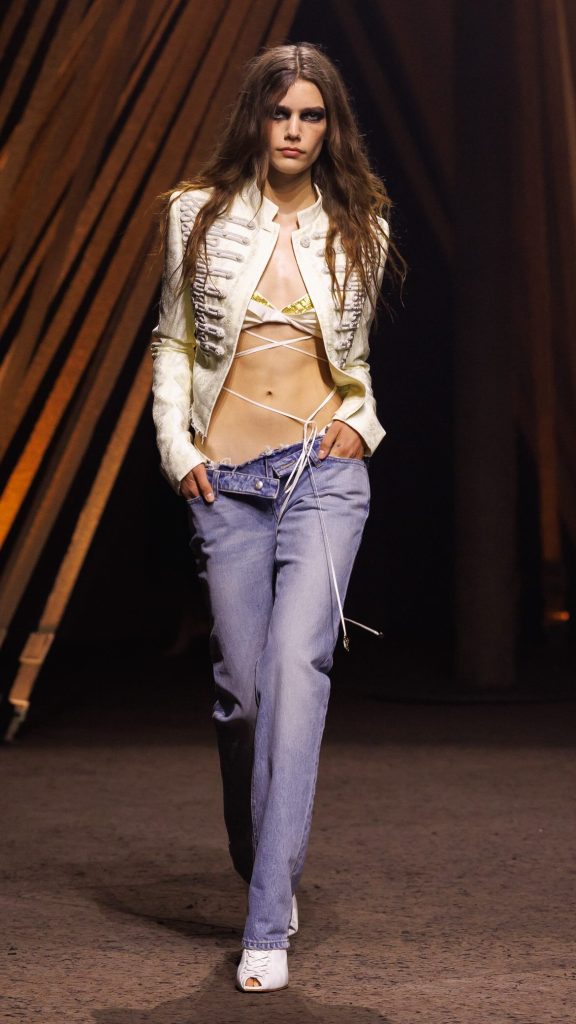
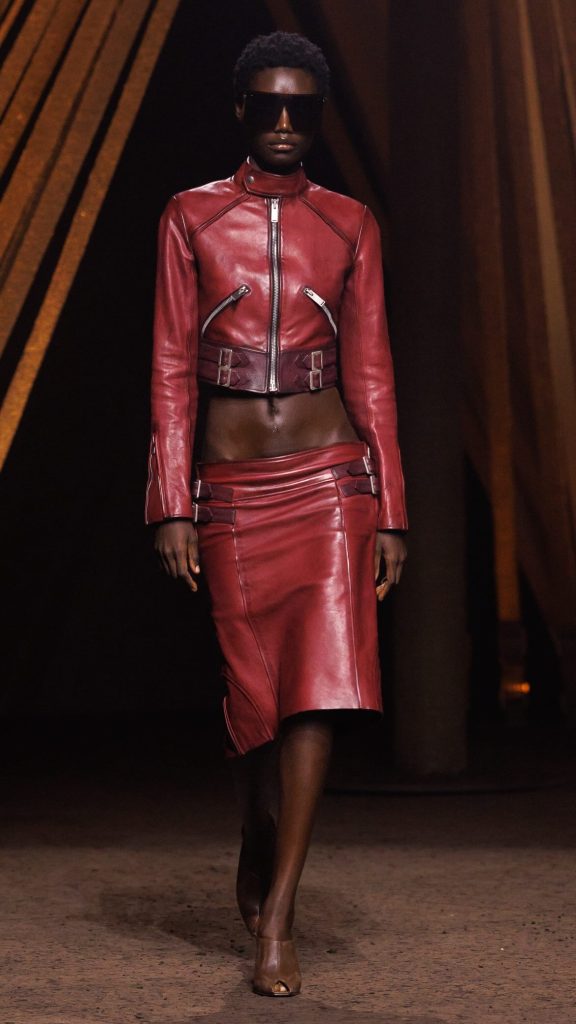
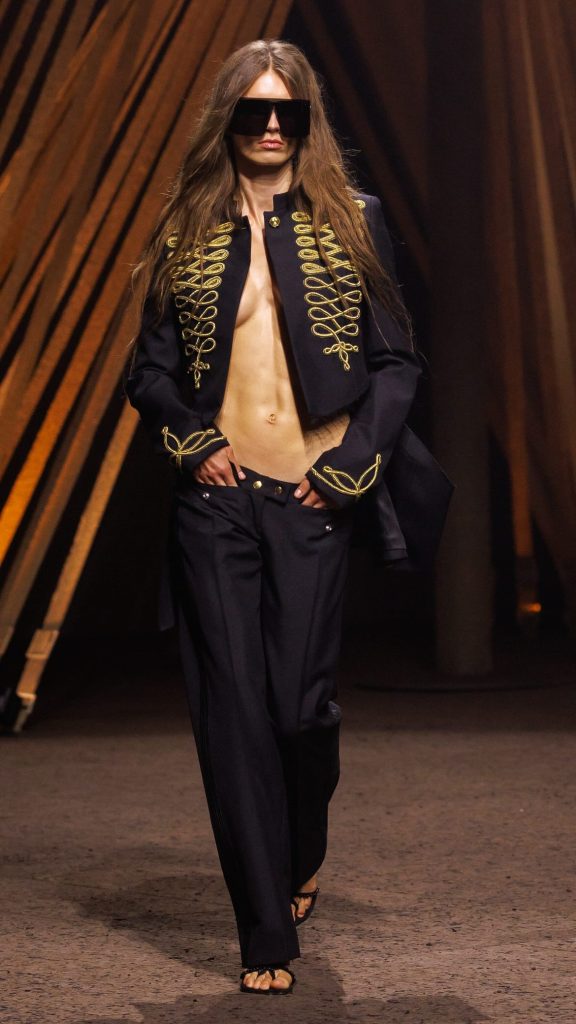
These pockets are not merely aesthetic as they also reflect a desire to combine sex appeal with functionality. It’s a way of saying that the body can be revealed without being vulnerable, and that clothing is not just a tool of seduction.
The overall mood evokes a strong indie sleaze vibe, where Y2K codes are revisited with irony: smudged black eyeliner, an officer jacket worn directly on bare skin, and a nonchalant, almost defiant attitude. A liberated femininity that laughs in the face of convention.
Unapologetically ultra-sexy… but still gendered
Among the show’s strongest statements was the thong worn high, deliberately visible above the low-rise pants. A direct provocation, reinterpreted through a couture lens. Another nod to Y2K hyper-sexualization came in the form of micro-miniskirts barely wider than a belt, echoing the styles popularized in recent seasons by Diesel.
But this approach applies only to female bodies. No masculine silhouette comes to blur the lines and that’s where the gesture loses its strength. By invoking symbols of bodily liberation, Sean McGirr nonetheless remains confined to a gendered interpretation of what can be considered sexy. The female body continues to serve as the sole vehicle for provocation.
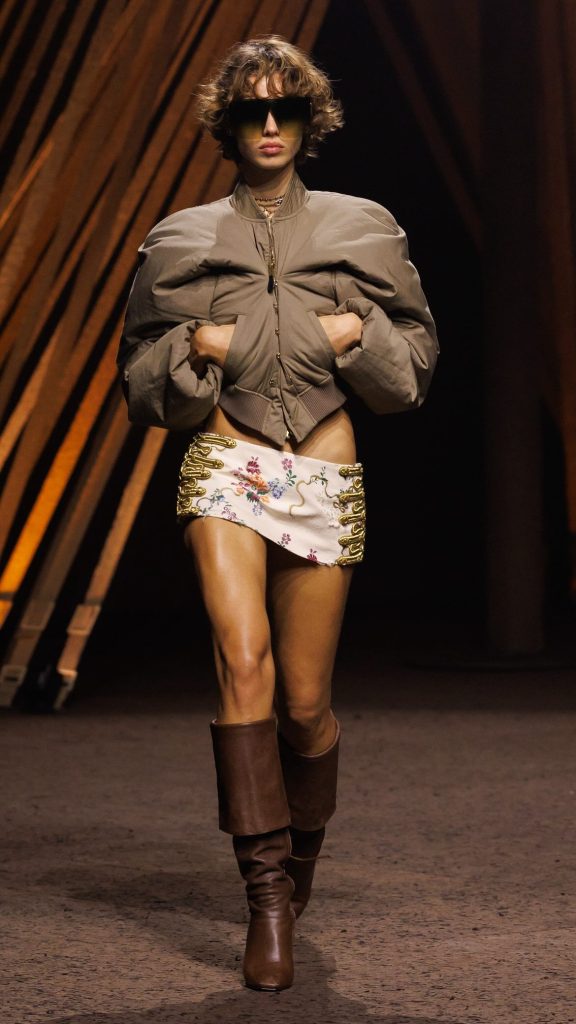
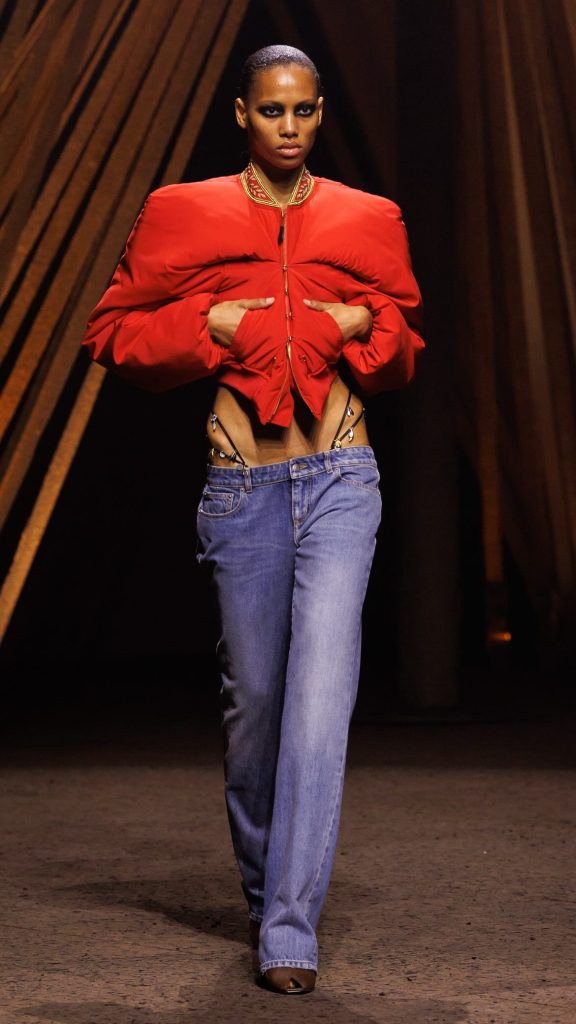
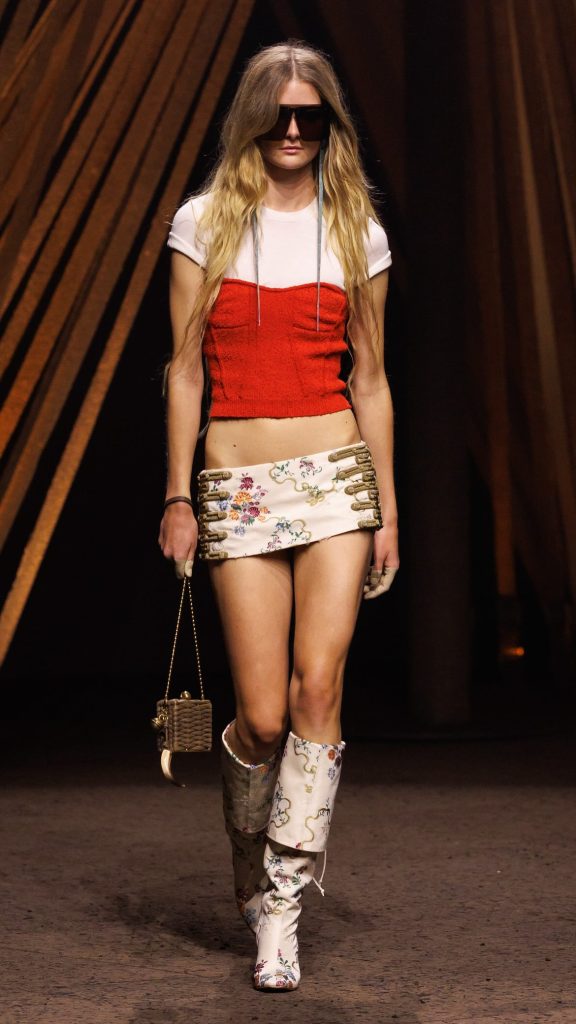
By comparison, Anthony Vaccarello at Saint Laurent pushes the questioning of norms even further: when he sends men down the runway in thigh-high boots, he subverts gender codes in a truly subversive way. Where McGirr seduces, Vaccarello destabilizes.
With this revival of the bumster, Sean McGirr delivers a collection that ticks all the right boxes: respect for the archives, alignment with current trends, and a polished execution. It’s a visually effective proposition but one that still sorely lacks boldness. By centering everything on the female body, merely reasserted and above all sexualized, McGirr serves up a reheated version of yesterday’s provocations.


